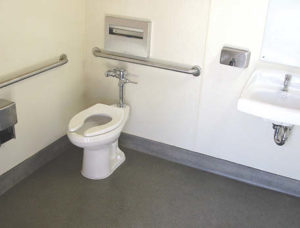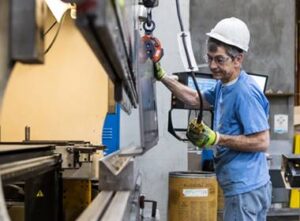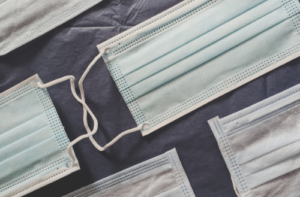As states begin to ease lockdown restrictions, buildings and facilities are slowly being reopened and reoccupied. This is despite varying degrees of occupant confidence ranging from an eagerness to get back to normal to wanting to continue sheltering in place. Hence, the warning of hidden risk of occupant trust ad efforts to reopen begin.
Even under normal conditions, re-occupancy involves inherent risk. Restarting and reusing systems that have been stagnant or turned off carries technical risks. In our current COVID-19 world, the nontechnical risk of occupant trust, or whether occupants feel safe enough to reoccupy a building, will play a significant role.
“The practice of risk communications espoused by authorities such as Peter Sandman of Rutgers University is based on the premise that the public assesses risk more in terms of moral or emotional issues (called ‘outrage’) than quantitative criteria (referred to as ‘hazard,’ or the potential for harm to human health),” said LBFG President George DuBose. “Using this terminology, Mr. Sandman’s equation for assessing the public’s perception of risk is ‘Risk = Hazard + Outrage.’ Thus, the public’s perception of risk is not based purely on the physical harm the exposure poses or its association with mortality. Instead, it is on a combination of the hazard and the accompanying moral or emotional issue.”
The future
Going forward, it is critical to avoid a start-stop scenario where a building is reoccupied but then vacated again due to an incident. This only serves to erode, or permanently damage, occupant trust in both the building and building management. To prevent this, building owners would do well to consult ASHRAE’s helpful COVID-19 resource page. The page includes detailed recommendations on how to properly close and reopen buildings.
Additionally, building management must act quickly in response to any occupant issues that arise, especially during initial re-occupancy. HVAC changes can make a big difference in droplet transmission. They are not visible to occupants and therefore aren’t as believable in terms of reducing risk. For that reason, involve occupants in the management of their own risk whenever possible. Allow them to help with local disinfection. Encourage them to wear PPE. Having a role in their own safety will cause them to perceive risk differently.
Be aware that a future second COVID-19 wave could cause a convergence of occupant outrage issues.















